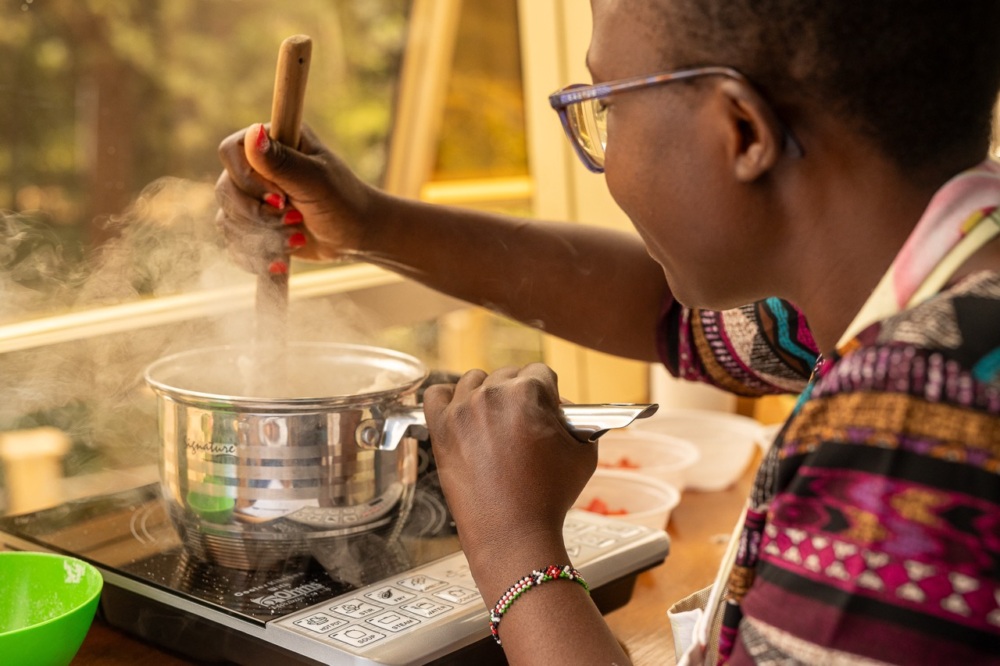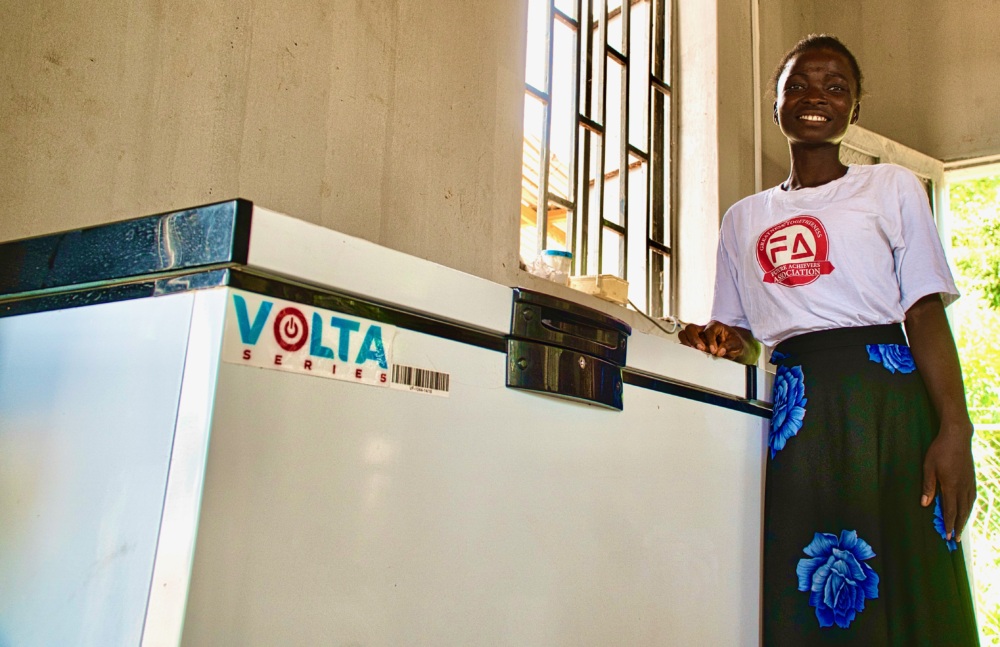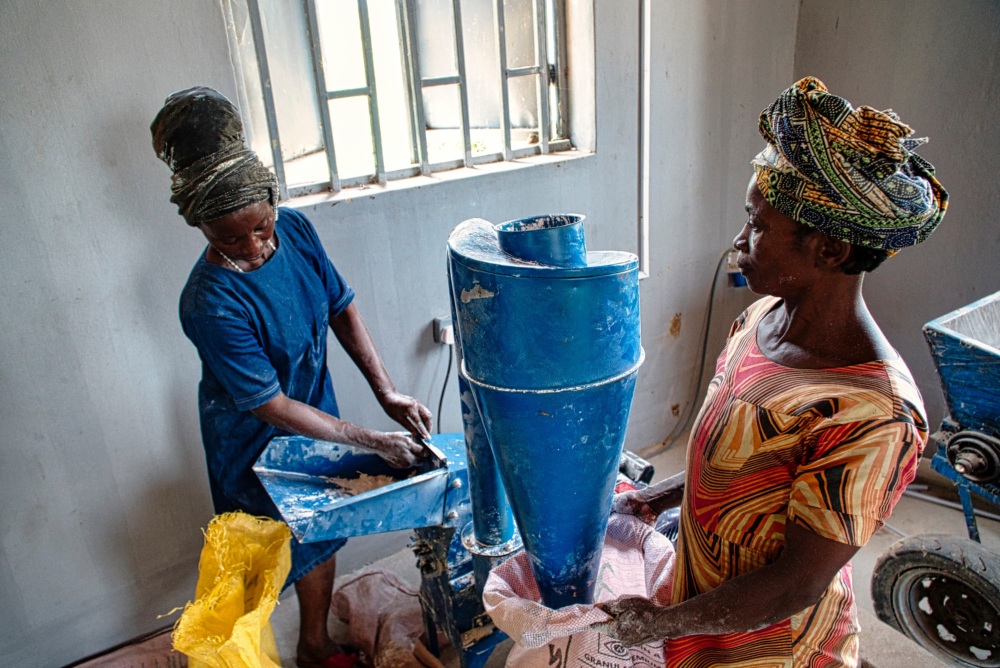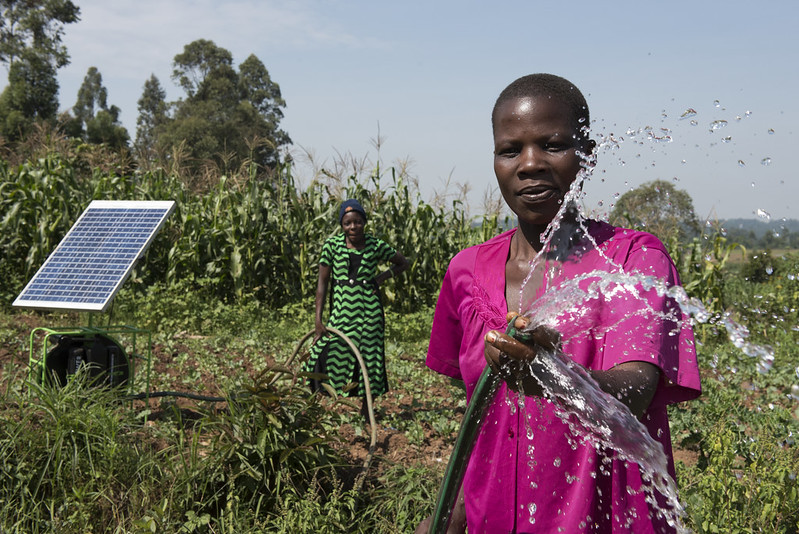Press Release: The Solar Lighting and Appliances Sector may be Leaving Marginalised Groups Behind, New Efficiency for Access Study Reveals
This seminal report is a first step towards establishing a baseline to understand how well the solar sector is performing across different facets of inclusivity.
Washington, DC, September 13, 2022 – A new analysis from Efficiency for Access, “Appliances for All: Assessing the Inclusivity of the Solar Appliances & Lighting Sector”, examines how well solar lighting and appliances are reaching their target populations, and assesses inclusion across solar company employment practices and product offerings. According to the analysis, the sector is largely serving a homogenous demographic: men with grid connections who are better educated and wealthier than their peers. Additionally, women make up only 23% of the workforce within decentralised energy companies. Overall, this meta-analysis finds that more can be done to reach marginalised groups and ensure the benefits of energy access are experienced equitably.
This seminal report is a first step towards establishing a baseline to understand how well the sector is performing across different facets of inclusivity. “As global economic and climatic challenges threaten our progress towards achieving universal energy access by 2030, marginalised groups may be overlooked. This report offers a first look at the solar lighting and appliance sector’s reach to those historically excluded by virtue of their gender, disability, poverty or otherwise,” said Makena Ireri, Director of Clean Energy Access Research at CLASP.
The Sector’s Typical Consumer
While limited, data from 19 household surveys indicate that the typical solar lighting and appliance user is most commonly a male with a grid connection who is employed, does not have a disability, and is relatively better educated and more affluent than the average person in his country.
- Only 41% of respondents reported earning less than USD $3.20 per day, the international poverty line, compared to over 65% of people in sub-Saharan Africa and over 60% in India.
- 12% of the respondents reported having at least one disability, which is lower than the global estimate (15%).
- 64% of respondents identified as men, while women comprised less than 40% of our sample, suggesting access barriers to solar products across sales, ownership and use.
“These findings, while not exhaustive in their representation, still reveal a sobering status quo that solar lighting and appliances may still be out of reach for millions of vulnerable people,” said Yasemin Erboy Ruff, Clean Energy Access Manager at CLASP. “To truly accelerate the sector’s aim of achieving Sustainable Development Goal 7, we need to more intentionally focus on multiple dimensions of inclusivity, not just gender.”
Assessing the Private Sector
Data from 68 companies in four markets show that women account for 23% of the workforce in distributed energy companies, similar to the broader energy sector at 22%. Notably, 84% of companies did not report gender-disaggregated data. Further, only 5% of the companies surveyed said they distribute or deal in nascent technologies that have traditionally been perceived to benefit women, like electric pressure cookers or solar mills.
Men far outnumber women in managerial positions within solar lighting and appliance companies. For example, there are only three women CEOs in over 200 solar companies in Uganda. This diversity gap within the private sector may lead to biases in the types of products developed and business decisions made, which may affect social impact.
An Incomplete Picture
According to Lauren Boucher, Research Manager at CLASP, “Principles of diversity, equity, and inclusion are deeply embedded within the ethos of solar lighting and appliances sector and its goal to ‘leave no on behind.’ However, to date, it lacks the standardised definitions, targets, indicators, and data collection efforts required to assess who is included and excluded from access initiatives.”
The report is an important first step toward establishing a baseline to understand how well the sector is performing, but the results should not be viewed as a comprehensive or fully accurate view of the sector. No survey included in this analysis required respondents to share demographic information on all three dimensions of this report (gender, income, disability). In an effort to create the largest possible sample size, Efficiency for Access did not drop observations with missing data from its analysis. These missing data introduce bias and further underscore the need for a coordinated, sector-wide effort to fill data gaps and harmonize tracking and evaluation methods.
Recommendations for Impact
To deliver sustainable development through a just energy transition, solar products must be accessible to all who need or desire them. A push for a more inclusive sector is good for business: widening access to previously untapped populations can expand customer bases, increase sales and enable appliance markets to scale. Feedback from a diverse consumer base can lead to product improvements that benefit all customers, not just marginalised groups.
To fully realise these benefits, our analysis recommends addressing the affordability gap, developing and tracking diversity, equity and inclusion metrics, and innovating and investing in a broader array of solar appliances, among other tactics.
“As the sector develops strategies to leave no one behind, this report sets a baseline to give stakeholders more clarity, direction, and the ability to track,” added Makena Ireri of CLASP.
A Deeper Dive
To assess how well the off-grid solar sector is reaching marginalised groups, we used data on the respondent’s gender, income, and disability status to calculate the per cent of respondents that identify as a woman, have a household income lower than the international poverty lines of USD $1.90 or USD $3.20 daily, or live with a disability. We
used data from 60 Decibels and the World Bank to construct benchmarks and the relevant region/country to draw comparisons to the broader solar lighting and appliance sector as well as the populations it serves. Respondents were surveyed on ownership of more than nine appliances, including televisions, fans, milking machines, refrigerators, solar water pumps and solar home systems.
To assess workplace diversity and inclusion efforts among private sector companies, we analysed gender-disaggregated employment and compensation data from Power for All’s 2021 Powering Jobs Survey. We also analysed company-reported data on the location of company offices, company expertise, and product offerings using data from Power for All’s Powering Jobs Survey and the Global Distributors Collective’s Member Survey.
For more information, download “Appliances for All: Assessing the Inclusivity of the Solar Appliances & Lighting Sector” and follow us on Twitter for regular updates.
—
About Efficiency for Access
Efficiency for Access is a global coalition promoting energy efficiency as a potent catalyst in clean energy access efforts. Since its founding in 2015, Efficiency for Access has grown from a year-long call to action and collaborative effort by Global LEAP and Sustainable Energy for All to a coalition of 20 donor organizations. Coalition programmes aim to scale up markets and reduce prices for super-efficient, off- and weak-grid appropriate products, support technological innovation, and improve sector coordination. Current Efficiency for Access Coalition members lead 12 programmes and initiatives spanning three continents, 62 countries, and 34 key technologies.
For media inquiries, please get in touch with Dennis Migono at dmigono@clasp.ngo.









